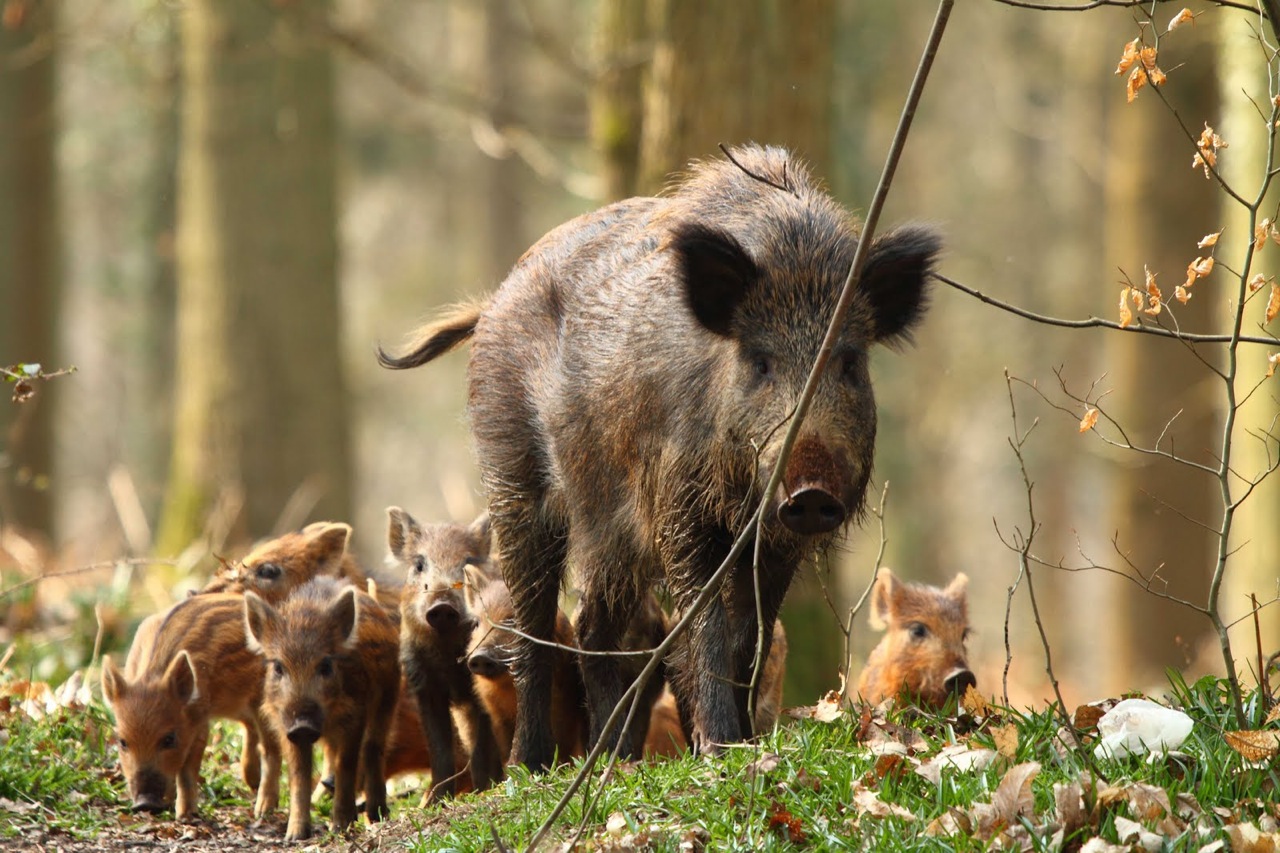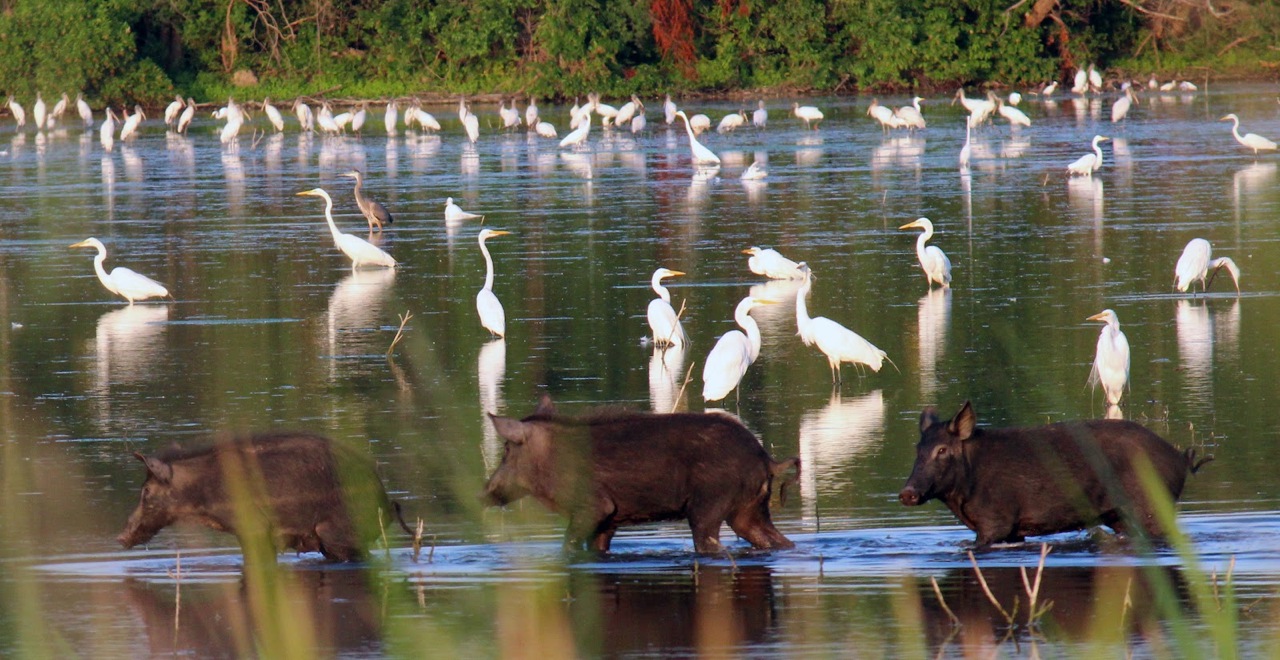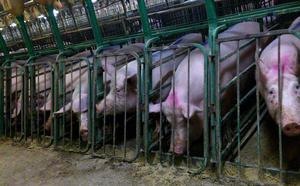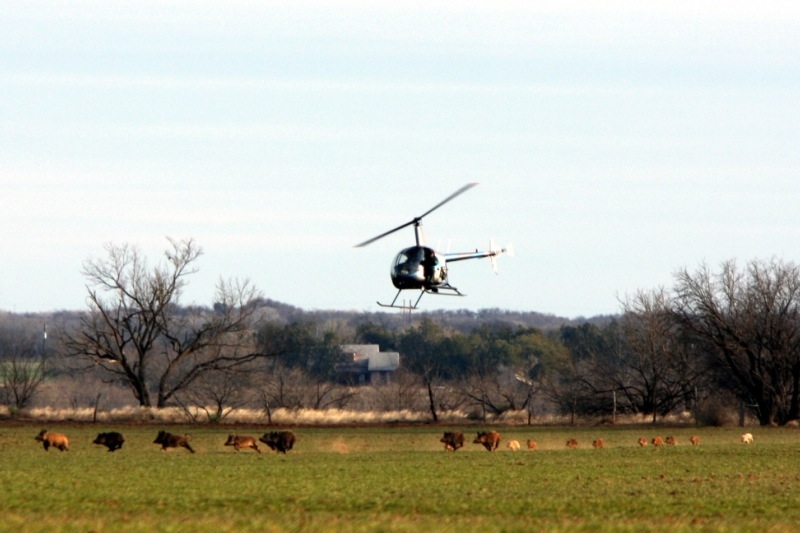The Feral Pig “Problem” - Part IV
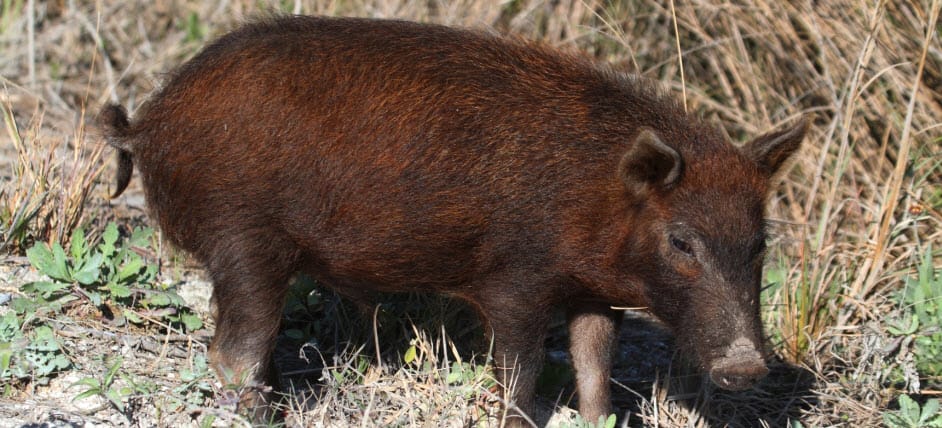
Part I: Background
Part II: A Brief History of Pigs, Pork and People
Part III: The Growth of “Efficient” Factory Farms
Part IV: Meat Factory Pollution and Public Health
- Meat Factory Pollution and Water Pollution
- Comparative Wholesomeness
- Free Range Pork Compared
- Mad at Our Money: Economic Value of Free Range Pork
- Property Rights; Common Sense
Part V: References and Comments
Part IV Meat Factory Pollution and Public Health 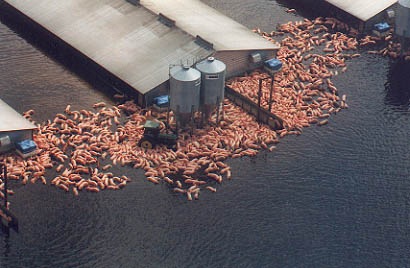 Big Meat says feral pigs hurt land. Compared to what?
Big Meat says feral pigs hurt land. Compared to what?
Giant livestock farms, which can house hundreds of thousands of pigs, chickens, or cows, produce vast amounts of manure, often generating the waste equivalent of a small city. A problem of this nature and scale is tough to imagine, and pollution from livestock farms seriously threatens humans, fish and ecosystems. Free-range pigs do none of the damage described below.
Here are some facts and statistics that tell the real story:
- California officials identify agriculture, including cows, as the major source of nitrate pollution in more than 100,000 square miles of polluted groundwater.
- In 1996, the Centers for Disease Control established a link between spontaneous abortions and high nitrate levels in Indiana drinking water wells located close to feedlots.
- High levels of nitrates in drinking water also increase the risk of methemoglobinemia, or “blue-baby syndrome,” which can kill infants.
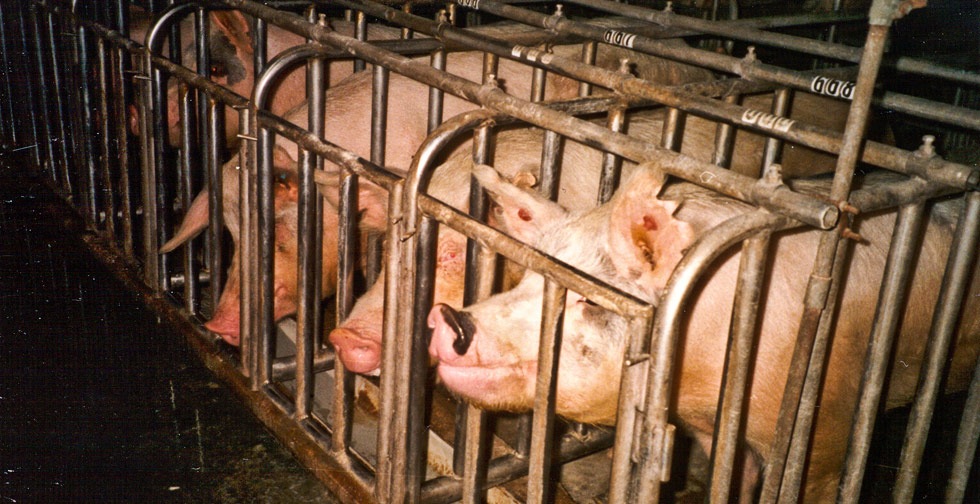
- Animal waste contains disease-causing pathogens, such as Salmonella, E. coli, Cryptosporidium, and fecal coliform, which can be 10 to 100 times more concentrated than in human waste.
- More than 40 diseases can be transferred to humans through manure.
- Manure from dairy cows is thought to have contributed to the disastrous Cryptosporidium contamination of Milwaukee’s drinking water in 1993, which killed more than 100 people, made 400,000 sick and resulted in $37 million in lost wages and productivity.
- In this country, roughly 29 million pounds of antibiotics — about 80 percent of the nation’s antibiotics use in total — are added to animal feed every year, mainly to speed livestock growth. This widespread use of antibiotics on animals contributes to the rise of resistant bacteria, making it harder to treat human illnesses.
- Large hog farms emit hydrogen sulfide, a gas that most often causes flu-like symptoms in humans, but at high concentrations can lead to brain damage.
- In 1998, the National Institute of Health reported that 19 people died as a result of hydrogen sulfide emissions from manure pits.
Meat Factory Pollution and Water Pollution
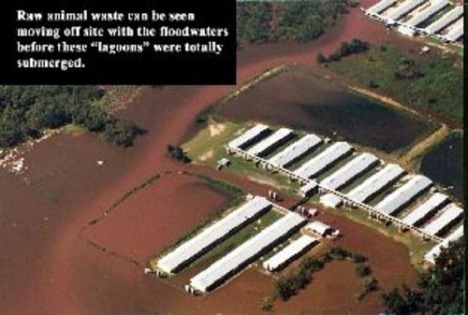 Huge open-air waste lagoons, often as big as several football fields, are prone to leaks and spills.:
Huge open-air waste lagoons, often as big as several football fields, are prone to leaks and spills.:
- In 1995, an eight-acre hog-waste lagoon in North Carolina burst, spilling 25 million gallons of manure into the New River. The spill killed about 10 million fish and closed 364,000 acres of coastal wetlands to shellfishing.
- In 2011, an Illinois hog farm spilled 200,000 gallons of manure into a creek, killing over 110,000 fish. In 2012, a California dairy left more than 50 manure covered cow carcasses rotting around its property and polluting nearby waters.
- When Hurricane Floyd hit North Carolina in 1999, at least five manure lagoons burst and approximately 47 lagoons were completely flooded.
- Runoff of chicken and hog waste from factory farms in Maryland and North Carolina is believed to have contributed to outbreaks of Pfiesteria piscicida, killing millions of fish and causing skin irritation, short-term memory loss and other cognitive problems in local people.
- Nutrients in animal waste cause algal blooms, which use up oxygen in the water, contributing to a “dead zone” in the Gulf of Mexico where there’s not enough oxygen to support aquatic life. The dead zone fluctuates in size each year, extending a record 8,500 square miles during the summer of 2002 and stretching over 7,700 square miles during the summer of 2010.
- Ammonia, a toxic form of nitrogen released in gas form during waste disposal, can be carried more than 300 miles through the air before being dumped back onto the ground or into the water, where it causes algal blooms and fish kills.
Comparative Wholesomeness
Big Meat says free-range pork might be unwholesome. Compared to what? Free-range pigs do not have the health issues described below.
As reported by Forbes Magazine: “Those who can overlook systemic animal abuse might have a harder time ignoring the implications of extensive antibiotic use in pork facilities. A surge in the prophylactic use of especially powerful antibiotics has fostered an increase in antibiotic-resistant strains of dangerous bacteria.
Several vectors of transmission – worker contamination, farm run-off, and adulteration of the meat supply – could easily introduce these pathogens to human populations. According to Christopher Thomas, a professor of molecular genetics at Birmingham University, “it is inevitable that resistant bacteria bred on the farm will get to humans.”
Many experts say that this is already happening, with routine infections (such as urinary tract infections) not responding as they once did to front line antibiotic treatments. 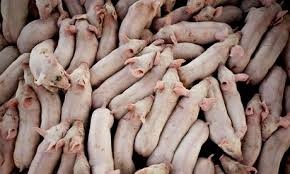
As if the current problems with pork production weren’t bad enough, global demand for pork is skyrocketing, and in consequence global countrysides can expect to become cesspools of manure, urine, dangerous bacteria, and suffering.
Advocates of nonindustrial pork produced on farms, sold at a premium claim to offer consumers a viable alternative but it’s hard to imagine how these boutique systems will make more than a guilt-reducing dent in overall production. Plus, these farm systems share problems inherent in factory pigs. Because farm pigs get prophylactic antibiotics, they too foster antibiotic resistance. Because they are confined, they produce substantial greenhouse gas emissions, still carry diseases dangerous to humans (often at higher rates than factory farms), and still require systematic mutilation in the form of nose ringing. The small farm’s reflection of factory farming might be pale, but it’s still a reflection.”
Free-Range Pork Compared
All comparisons are relative: better or worse than what? 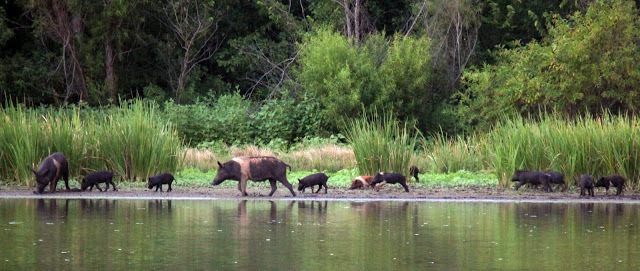
Free-range livestock, including pigs, create no greenhouse gas. To the contrary their animal impact stimulates plant growth and plants retains (sequesters) carbon in the soil.
Land managers have by now been encouraged and praised for spending billions to mechanically disturb soil for different wild species, as stewardship awards and special regulatory considerations attest. Pigs do this without charge. Although labeled ‘bad’ when done by pigs, in fact such digging is usually an effective form of seedbed preparation for introducing desirable plant species into the pastures. It is intermittent because pigs range from place to place.
Hogs are a good source of beneficial animal impacts that include: soil disturbance, trampling of old plant material, dung and urine deposition, garbage cleanup and attendant mineral cycling.
Lest this disturbance be too much and cause erosion, annual weeds propagation and other problems, we need to manage the process. What better, common sense way exists than selling surplus animals?
There are no cruel practices like farrowing cages, nose rings, or overcrowding as with farms and factories. Free-range pigs live in clean conditions. These animals disperse and constantly move, which minimizes disease without prophylactic antibiotics. These animals are fed no hormones, and no chemicals. 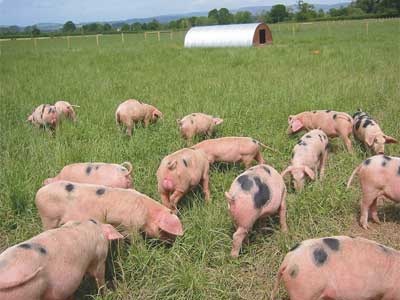
Studies show that farmed pigs are no dirtier than caged pigs. Moreover, the studies, funded by the Pork Producers Council, measure immunities to disease (antibodies), not infection.
According to Consumer Reports and ABC News, 69 percent of all supermarket pork is contaminated with pathogens that infect over 100,000 Americans each year. According to the Centers for Disease Control and Prevention, for every case that is confirmed with a laboratory test, about 120 more cases escape diagnosis. Symptoms can include fever, cramps and bloody diarrhea.
Tests of free-range pigs are biased. The tests assume the free-range pigs to be dirty based on immunities, like the markers justifying wildlife eradications where there is no proof of disease transfer. We should be testing for infection not immunity. Then, we should be comparing the results from the free-ranging herd with the rate of infection and contamination found in commercial, confinement operations, not to a hypothetical, subjective standard.
No study, however biased towards the monopolies, has ever shown or suggested that free-range pork is 69 percent contaminated, or infection rates like those above. 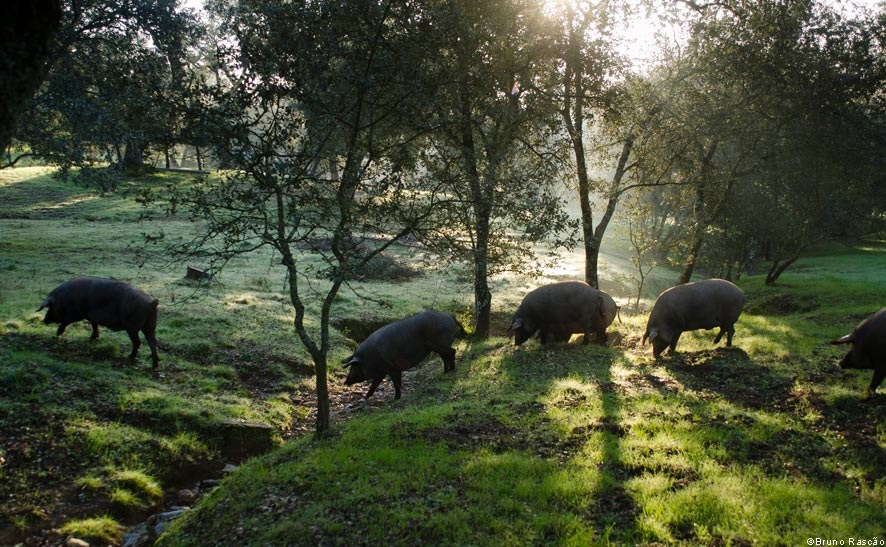
There is no objective reason to say free-range pigs are dirtier or less wholesome than factory or farm pigs. In fact, many to say free-range pigs are a lot healthier, especially when compared to imported pork which does not have the same production controls as the American pork it is sold alongside.
Regardless of its origin, all pork should be handled the same, with gloves, frozen if possible and cooked to 170-f. The Pork Producers Council advises this for its own “safe” pork, and free-range pigs should get this treatment.
Mad at Our Money: Destroying the Economic Value of Free-Range Pork
Assuming four million Texas pigs can support annual trapping of two million pigs worth $300 each, annual sales of $600 million would go to Texas farmers and ranchers. $600 million valued (capitalized) at 4 percent is a “value-add” of $15billion to farmers and ranchers, at no cost to the public, bringing obvious benefits to environment, economics and public health.
Obviously, we will reduce the number of free-range pigs.
Use your own formulae and variables. You’ll still arrive at a huge sum.
Property Rights & Hunting Ethics
Big Food’s denying farmers and ranchers the right of selling their pigs, as other livestock, is an attack on property rights of Texas landowners.
Forcing the destruction of these animals by unethical means undermines hunting rights and wastes money.
Common Sense Prescriptions
Any day now, we will learn that free-range cows are dirty and only feedlot cows are clean. Then we can have government programs to eradicate invasive feral cattle! No doubt, Monsanto will develop cow poisons for this purpose.
Or, we can “call bullshit” on this insanity, and take back our food production before it is too late.
The free-range pig “invasion” results from human action, specifically allowing monopolies to take over our food industry. The obvious pig population solution is addressing the problem’s root problem by putting free-range pigs back in the human food chain where they belong.
Breaking up Big Meat’s monopoly, including restoring small producers and small abattoirs is an obvious necessity for business health, public health, wildlife health and ethical wildlife management and food production. Until — and unless — this happens, our American method of food production will continue to be a direct attack on farming and ranching, which also treats livestock reprehensibly, damages public health, harms wildlife and endangers our own national sovereignty.
The real question is this: Is our ranching community now so dependent on public subsidies that it is in irreversible serfdom to Big Food? In the context of this question, feral pigs and their treatment will be an almost-irrelevant footnote in the history of the destruction of our precious American farms and ranches. 